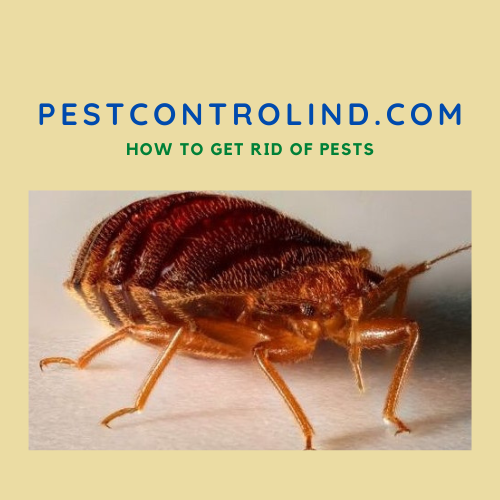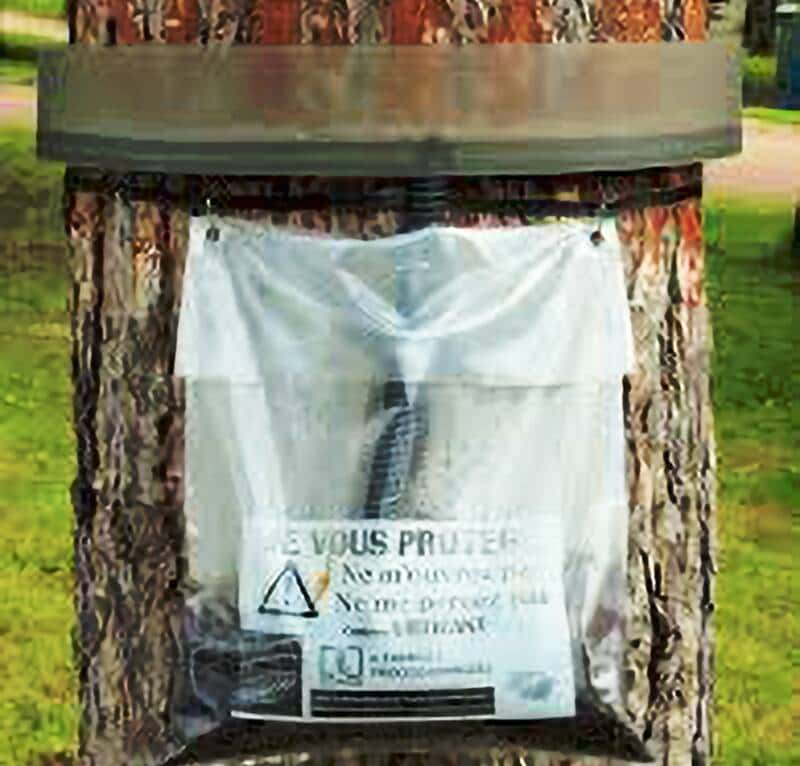How do you make a processionary caterpillar trap? Is it effective? What other ways are there of getting rid of processionary caterpillars? When is the best time to trap? And what about the dangers of caterpillars for humans and pets?
Our article answers all these questions.
I. The dangers of processionary caterpillars?
Processionary caterpillars, if you’ve ever come across one on your path, are highly urticant, and no one would want to brush up against or even inadvertently crush one in the garden or during a walk in the woods.
As everyone knows, caterpillars are covered in poisonous hairs with a toxin that is very unpleasant for humans, and rather devastating for dogs who get their noses in the little “innocent” critters.
The danger they pose to humans and pets is a simple defensive mechanism designed to prevent them from being eaten themselves.
Each caterpillar is covered with tiny barbed hairs that do all the damage.
We’ll never stop repeating how important it is for humans not to touch the nests or approach them without adequate protection, as the hairs are constantly falling out while the caterpillars are in the trees, and of course the nests are full of them.
Note that the stinging hairs they sometimes leave everywhere in their wake remain active for months.
So the main danger remains for dogs when they sniff them as they pass over the ground. If the tiny hairs penetrate the animal’s paws, they cause great irritation, forcing the dog to lick them to soothe the pain.
Once the hairs are on the lips or tongue, they cause itching, swelling and possibly vomiting.
Notable symptoms include white patches in the mouth or tongue, excessive drooling and grunting.
This can sometimes lead to the removal of part of the dog’s tongue.
II. How to make a processionary caterpillar trap?
To avoid these inconveniences, you can make your own trap using materials that are easy to find and not at all expensive.
Among the plethora of methods you can use to make a processionary caterpillar trap, the one we suggest is the most practical and easiest to DIY.
The best time to trap them is when they descend to the ground, often in January, to transform into butterflies, or when they move to different trees.
1. Materials
Here’s what you need to make a good processionary caterpillar trap:
- A sheet of thin Plexiglas, or a transparent PVC sheet measuring 50 cm x 1 m x 1 mm;
- Baudin foam or door seals;
- A 5-liter bag or bottle;
- A little soil;
- Large tube or washing machine drainpipe;
- Click strap;
- A large pot of neoprene glue;
- Nails, crimping eyelets, ruler, cutter, auger,
2. How to make the trap
- Using the cutter, cut the Plexiglas sheet or transparent PVC plate at least 20 cm high;
- Cut in half the joints under the door, or cut the foam to the width of the Plexiglas or PVC sheet;
- Using neoprene glue, glue the PVC sheet or Plexiglas sheet to the door seal or baudin foam;
- Using your screwdriver, drill 4 holes at the end of the sheet;
3. Installing the trap on the tree trunk
- At a height high enough to be out of the reach of children and other pets, remove the bark from the tree to create as smooth a surface as possible;
- Measure the length of trap needed to make the circumference of the tree with your Plexiglas or transparent PVC plate, and drill 4 more holes in the places that coincide with the first holes.
- Use the crimping eyelets to sew the two ends of the plate together once on the tree trunk, squeezing the foam tightly to hold the caterpillars in place;
- Clamp the trap to the tree as tightly as possible (you can use nails), deliberately leaving a hole through which the washing machine drain tube or hose will pass;
- Force the pipe through the hole (so that there’s no gap);
- Put some soil in the bag or bottle, and tie it to the tree so that the other end of the washing machine tube goes into the bag or bottle;
- The caterpillars must be drained into the bag or bottle, and must have no means of escape.
III. Trapping period
The processionary caterpillar is undoubtedly very harmful, and is the larval stage of a nocturnal moth which is a real threat to the forests in which it is found.
The moth is born in summer, and reproduces very quickly. The male dies soon after reproduction, and the female waits until the eggs are laid, protected and hatch.
After hatching, towards the end of summer, these caterpillars are still very small (barely 3 mm), and in colonies, they weave temporary nests for shelter, leaving in procession when food becomes scarce, and then weave their nests at the ends of tree branches to enjoy good temperature and sunshine.
In winter, when conditions are no longer conducive to their development, they descend from the tree, still in procession.
And this is when you can easily trap them, as they need to bury themselves in the earth for their chrysalis.
The best time to trap them is therefore between December and May.
IV. Other methods of controlling processionary caterpillars
1. Pheromone traps
While the first trap is more suitable for capturing caterpillars, this one is more practical for capturing moths.
We can also use pheromone traps, which are extremely effective, as they emit odours (female sex hormones) that irresistibly attract the males that are captured.
Theoretically, this limits fertilization, thus reducing the future population as trapping progresses in a given region.
For optimum effectiveness, they are installed from June to late spring.
2. Chemical products
Chemicals such as Bacillus thuringiensis are injected or sprayed into a processionary caterpillar nest using a sprayer with a long-reach arm.
It’s advisable to choose a windless day to avoid scattering the caterpillar hairs, and to wear overalls and goggles.
3. Burning the nest
This is the simplest and most radical method. It involves spotting a nest of processionary caterpillars, which is usually attached to the end of a pine or oak branch.
All you have to do is saw off the branch supporting the nest, and burn the nest immediately afterwards, always wearing suitable protective clothing and goggles.

